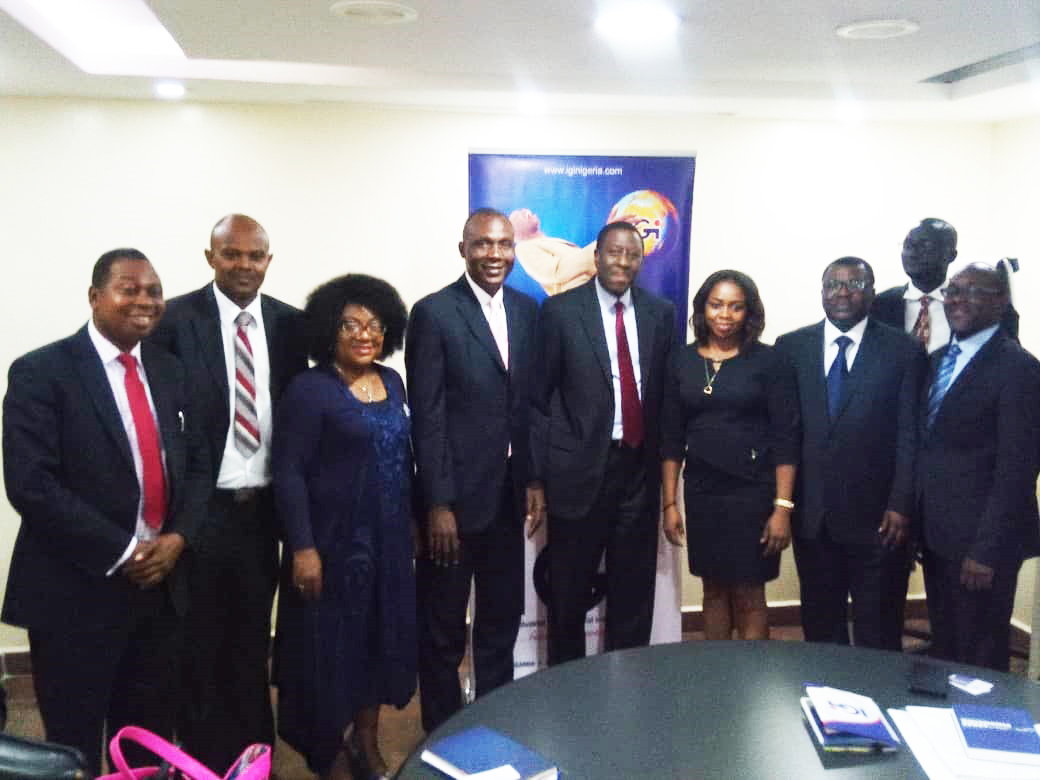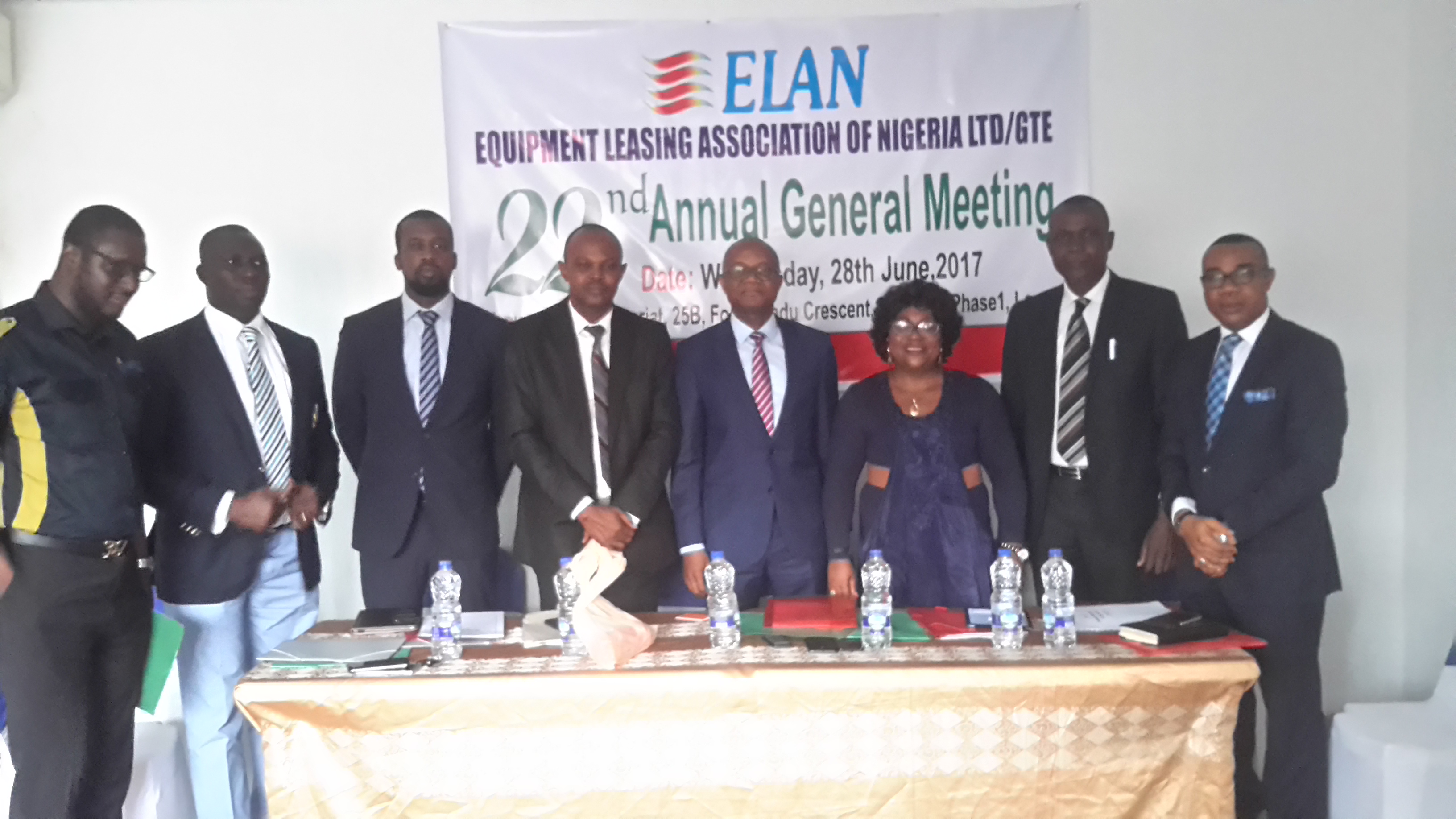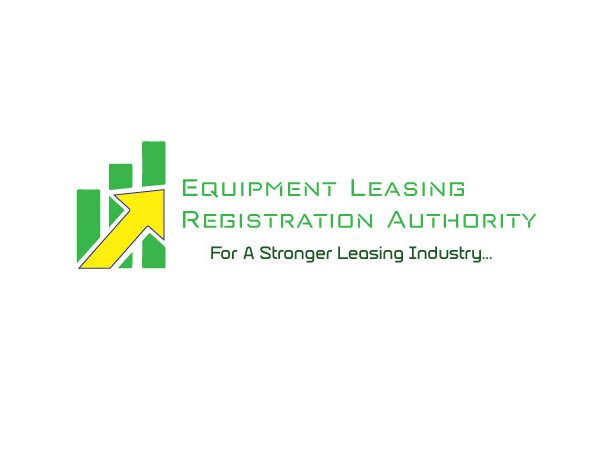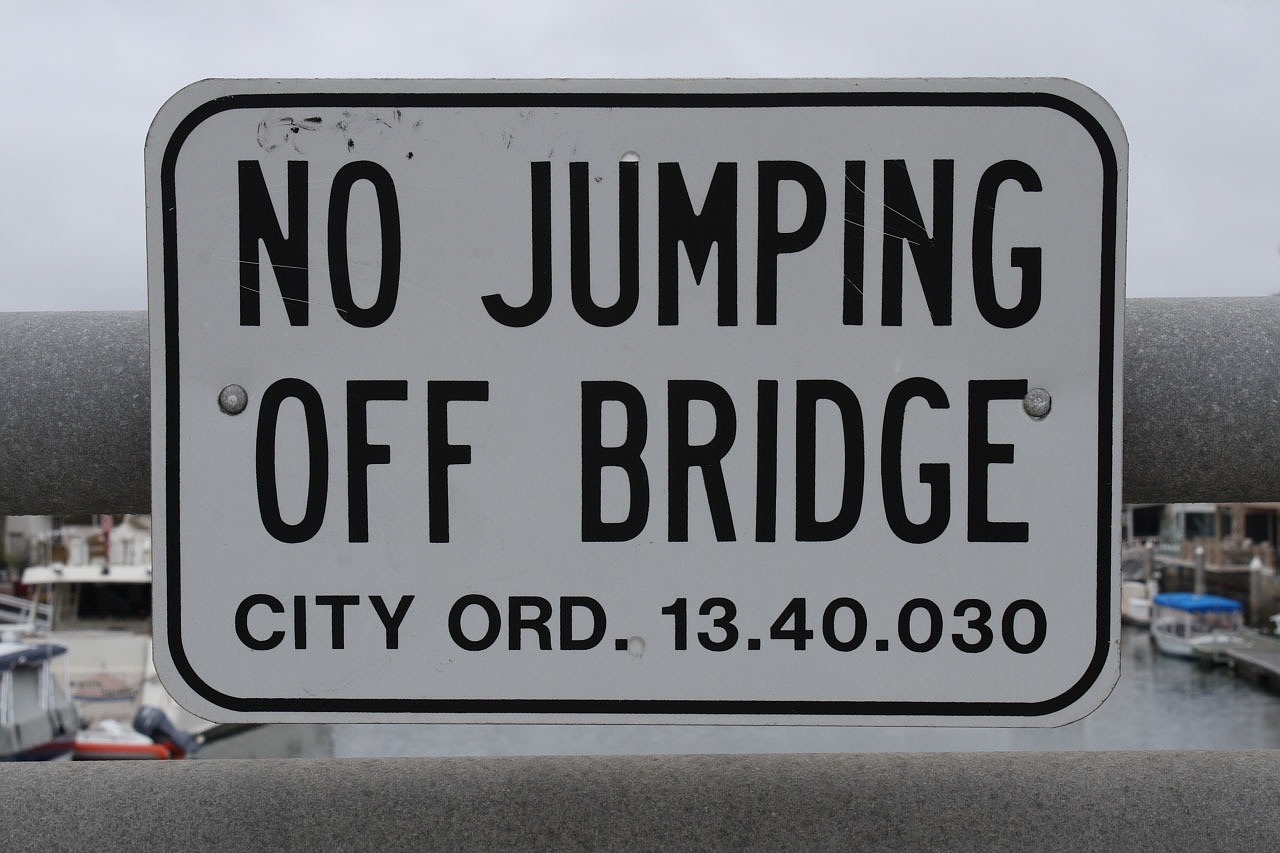ELAN VISITS INDUSTRIAL AND GENERAL INSURANCE PLC
The Equipment Leasing Association of Nigeria (ELAN) recently paid a courtesy visit to Industrial and General Insurance Plc (IGI).The visit is part of the Association’s strategic focus to foster closer relationship with members and other stakeholders to enhance the value proposition of the Association to the leasing industry and Nigerian economy. The ELAN…
Read MoreStart winning more!
The success of a leasing business depends on the understanding of key factors such as: effective business packaging strategies; winning the deals strategies, customised pricing and structuring techniques as well as standard documentation. This programme is designed to achieve these and many more to make you a Champion in these essential areas of…
Read MoreELAN HOLDS 23RD ANNUAL GENERAL MEETING
The 23rd Annual General Meeting (AGM) of the Equipment Leasing Association of Nigeria (ELAN) shall be held on Thursday, 28th June 2018 at ELAN Training Centre, 25B, Fola Jinadu Crescent. Gbagada Phase 1, Lagos. During the meeting, members are expected: To receive the Audited Financial Statements for the year ended 31st December 2017 together…
Read MoreA NEW DAWN FOR THE LEASING INDUSTRY IN NIGERIA
The Equipment Leasing Act 2015 is part of Government’s support frame work to further stimulate development of the leasing industry to contribute more effectively to the national economic development. The Act is intended to create sanity, certainty into the practice of leasing, identifying and protecting the relationship and rights of stakeholders, enhancing confidence…
Read MoreTHE NIGERIAN LEASING INDUSTRY MAINTAINS POSITIVE OUTLOOK
The Nigerian leasing industry continued its positive growth trend in 2017. Outstanding lease volume during the period stood at N1.44trillion as against N1.26trillionin 2016, representing a growth of 14.5%. This growth was facilitated by the relative stability in the macroeconomic environment, increasing demand, new entrants into the leasing industry and increased value of assets…
Read More10 KEY STEPS TO DEVELOP END OF LEASE NEGOTIATION STRATEGY
Several activities may be performed by the lessor at the end of lease. These include negotiation with the lessee and the first thing to do is to look at the lease agreement to ascertain the end of lease rights and obligations. The agreement may for instance provides for renewal, purchase or return of the…
Read MoreWINNING THE LEASE
These involve several ingredients including: ¨ Identifying the type of lessee: Are they those that need to lease (motivated only by cash consideration e.g. MSMEs or those that want to lease (motivated by other factors apart from cash e.g. large corporate organisations. The approach to the two types of lessee will be different ¨ Knowledge of…
Read MoreUNDERSTAND COMPLIANCE ISSUES IN LEASING
The Equipment Leasing Act (the new law on leasing in Nigeria), provides guide on how you must drive your business in a way and manner that does not put you at any form of risk. The compliance issues include: Lessors (owners of asset) shall be a limited liability company with its (MEMAT) having…
Read MoreRED FLAGS IN THE ANALYSIS OF BUSINESS PROPOSALS AND OPERATIONS.
WATCH OUT FOR THESE RED FLAGS IN THE ANALYSIS OF PROSPECTS’ BUSINESS PROPOSAL AND OPERATIONS. Before you finance a lease for a lessee (user of asset), there are several factors that portend danger in the performance of a firm, especially corporate customers.. These can make the difference between success and failure in undertaking a…
Read MoreSTRATEGIES TO OVERCOME COMMON OBJECTIONS IN LEASING
It is important for the lessor (owner of asset) to identify objections that may come your way as you prospect for business. Some of the most common objections include: Leasing is more expensive The entity wants to acquire through cash Leasing is complex The entity believes in ownership Non cancelable leases are a concern…
Read More










